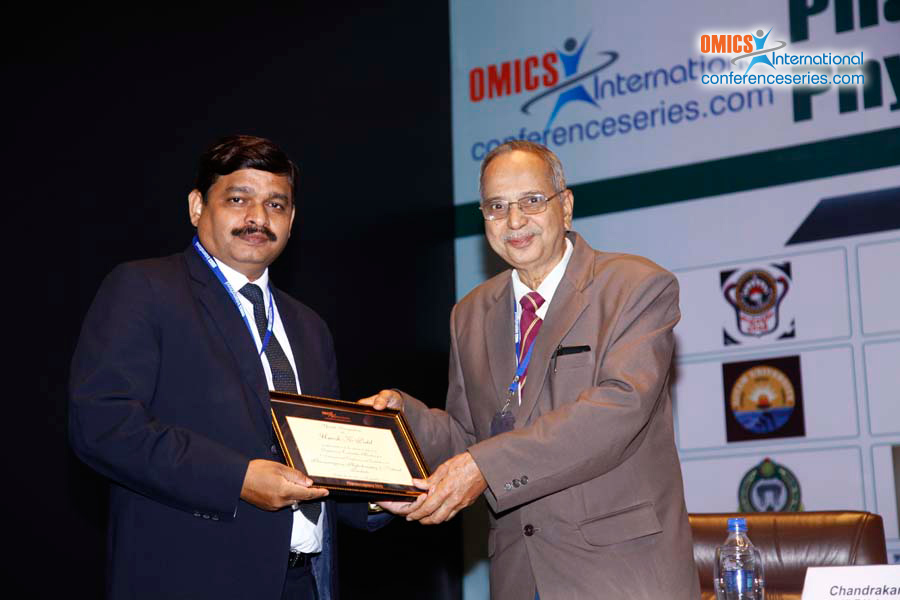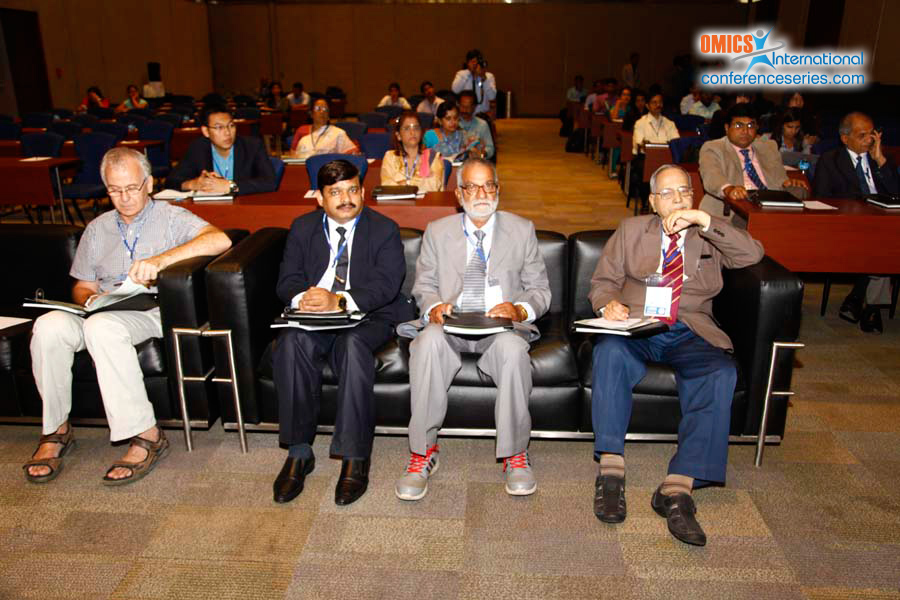
Umesh K Patil
Dr H S Gour Central University, India
Title: Metabolomics and ethno-pharmacology: A multidisciplinary approach in novel drug discovery from natural sources
Biography
Biography: Umesh K Patil
Abstract
Phytochemical screening techniques are developing fast and we now have tools available which allow us to analyse complex mixtures in ultra modern ways. The modern research era allows a systematic investigation of such complex mixtures and specifically to link phytochemical analysis with other strategies (such as in vitro or in vivo screening for biological activity or toxicity, morphological plant diversity and ecological parameters). Specifically as it relates to the study of medicinal and food plants, the main challenge is to understand the complex effects of such extracts. Since most of these research activities are linked to plants used in traditional and local cultures, this requires an ethnopharmacological approach coupled with modern metabolomic investigations. The potential of such multidisciplinary approach and its potential benefits for phytochemically oriented research will be discussed. The traditional medicines offer a rich and largely unexplored source of therapeutic leads for the pharmaceutical industry. Academic research and the pharmaceutical sciences may profit in many ways by including ethnopharmacological and metabolomic investigations. One highly illuminating example is the acetylcholine-esterase inhibitor galanthamine. The early research into the botanical species was derived from Galanthus species. It was based on local, but poorly documented knowledge, which was then turned into a medication to treat poliomyelitis and ultimately resulted in a novel treatment of Alzheimer’s disease. rnAlthough herbal medicinal products (HMPs) have been perceived by the public as relatively low risk, there has been more recognition of the potential risks associated with this type of product as the use of HMPs increases. Potential harm can occur via inherent toxicity of herbs, as well as from contamination, adulteration, plant misidentification, and interactions with other herbal products or pharmaceutical drugs. Regulatory safety assessment for HMPs relies on both the assessment of cases of adverse reactions and the review of published toxicity information. However, the conduct of such an integrated investigation has many challenges in terms of the quantity and quality of information. Adverse reactions are under-reported, product quality may be less than ideal, herbs have a complex composition and there is lack of information on the toxicity of medicinal herbs or their constituents. Nevertheless, opportunities exist to capitalise on newer information to increase the current body of scientific evidence. The integration of ethnopharmacology and metabolomics can reduce the uncertainty in decision making with respect to herbal medicinal products.




